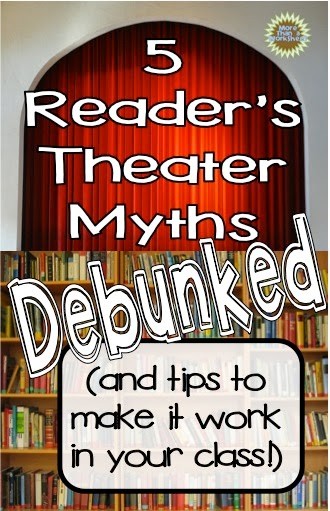 Guest post by Sarah Wiggins
Guest post by Sarah Wiggins
I first heard about reader’s theater in college and thought, “How fun! I will definitely do that when I have a class of my own.” When I did get my very own classroom, however, I was overwhelmed with everything that I was supposed to fit into my reading block. How could I possibly add one more thing? In my mind, I had made it this giant production that required tons of time and involved massive preparation including sets, costumes, and tense practice sessions. I soon realized I had been thinking of reader’s theater all wrong and letting the misconceptions prevent me from utilizing a valuable teaching tool.
Maybe you have believed some of these misconceptions, too, and my goal is to help debunk the myths.
MYTH #1—Reader’s theater must be a big production.
TRUTH: You can make reader’s theater as big or as small as you want it. You don’t have to have props, sets, or any of that. The fact that it is divided into parts is special enough.
Try This:
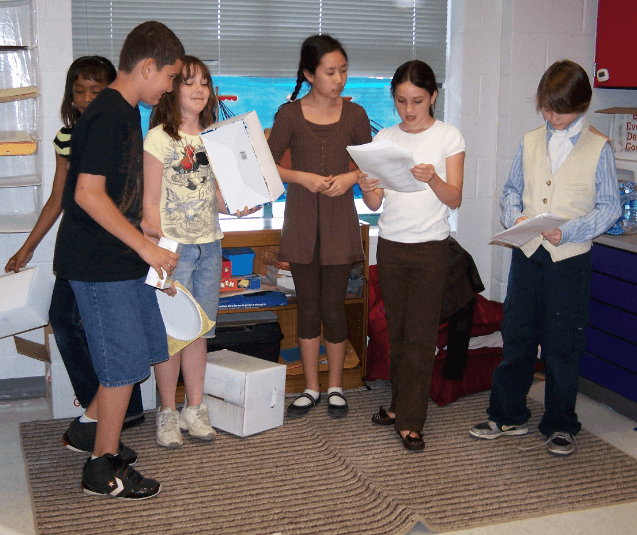
MYTH #2—Reader’s theater takes too much time.
TRUTH: Reader’s theater doesn’t have to require a huge time commitment. Carve out 15-20 minutes when you can.
Try This:
MYTH #3—Reader’s theater is just putting on a class play for fun.
TRUTH: Unlike doing a play, where the focus is the acting, reader’s theater focuses on reading. The repeated reading aloud enhances fluency and word recognition skills. Not to mention, it addresses the Common Core speaking and listening standards. Added bonuses are teamwork, cooperative learning, and problem solving skills.
Try This:
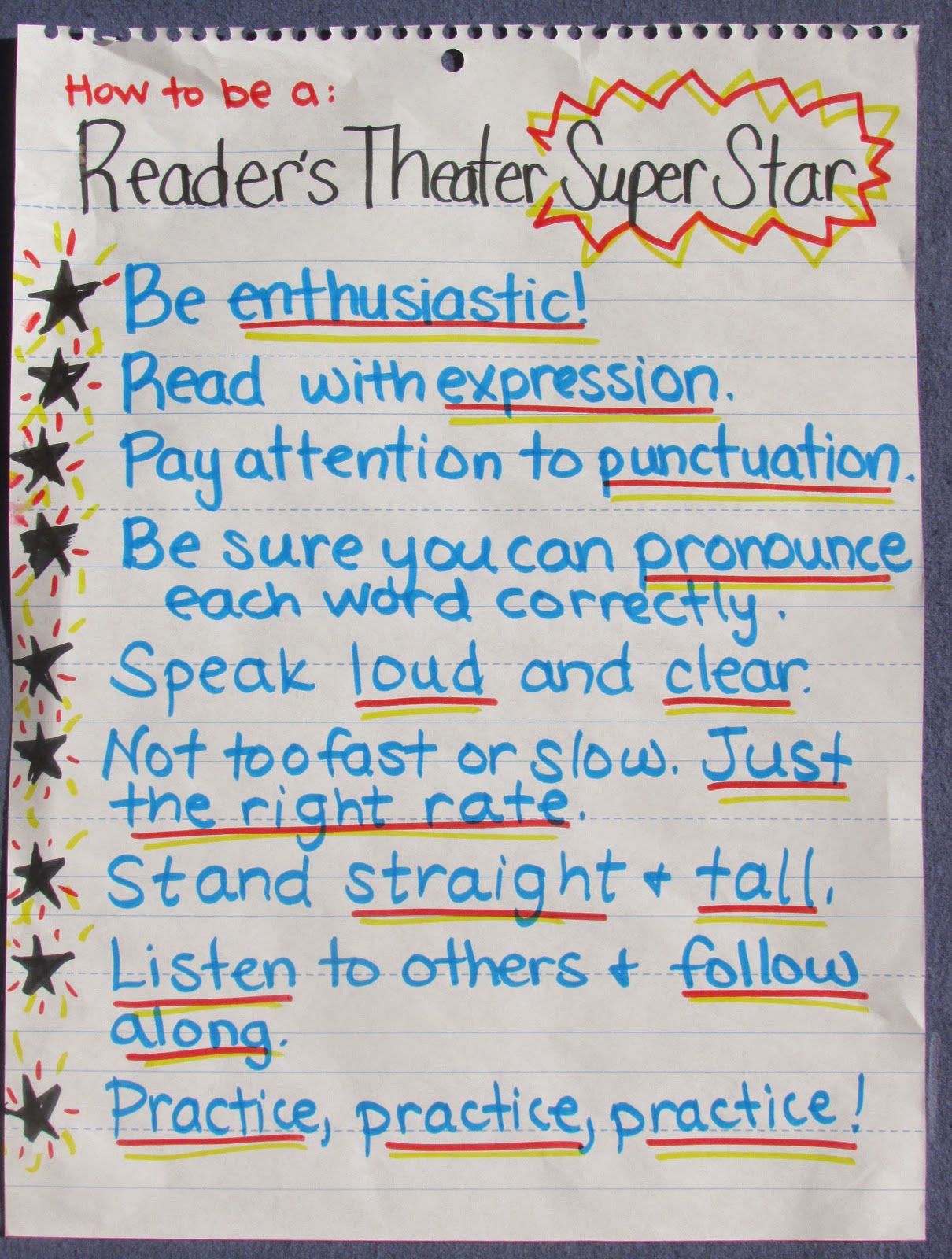
TRUTH: Initially, there is some work involved to get it going, but it will pay off in the end. Plus, you can re-use scripts from year to year.
Try This:
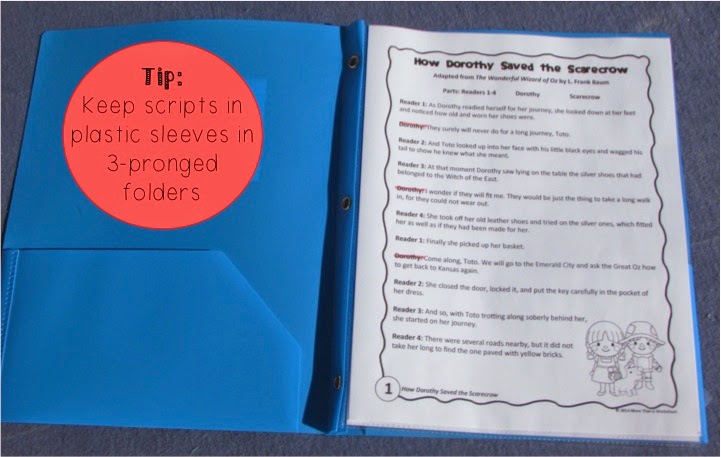
MYTH #5—Reader’s theater is just for little kids.
TRUTH: Reader’s theater can be adapted for students of all ages. Even “big kids” get excited when you break out a script.
Try This:
Think you’re ready to give it a try? Here is a FREE script to get you started. How Dorothy Saved the Scarecrow is a four-page script for grades 3-5 based on a familiar chapter from The Wonderful Wizard of Oz by L. Frank Baum.
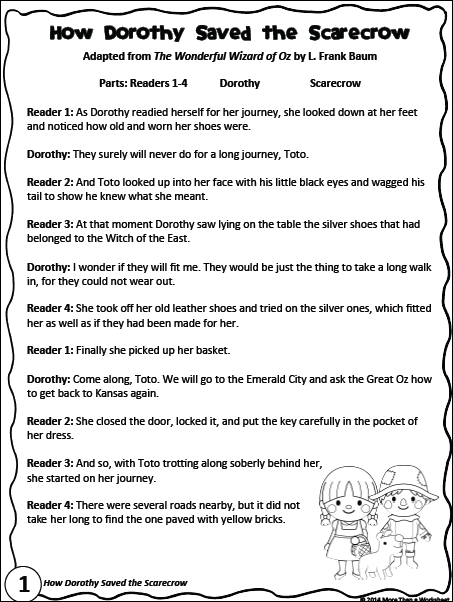
Don’t worry if it doesn’t go perfectly the first time. Just jump in and try it! See how it goes, and tweak it as needed. It will get easier each time as your students get accustomed to your expectations.
Sarah Wiggins has spent eight wild and crazy years in the classroom and believes learning is more than a worksheet. She is on a quest to help students think outside the box, and she likes to share creative, practical teaching ideas on her blog, Using My Teacher Voice.